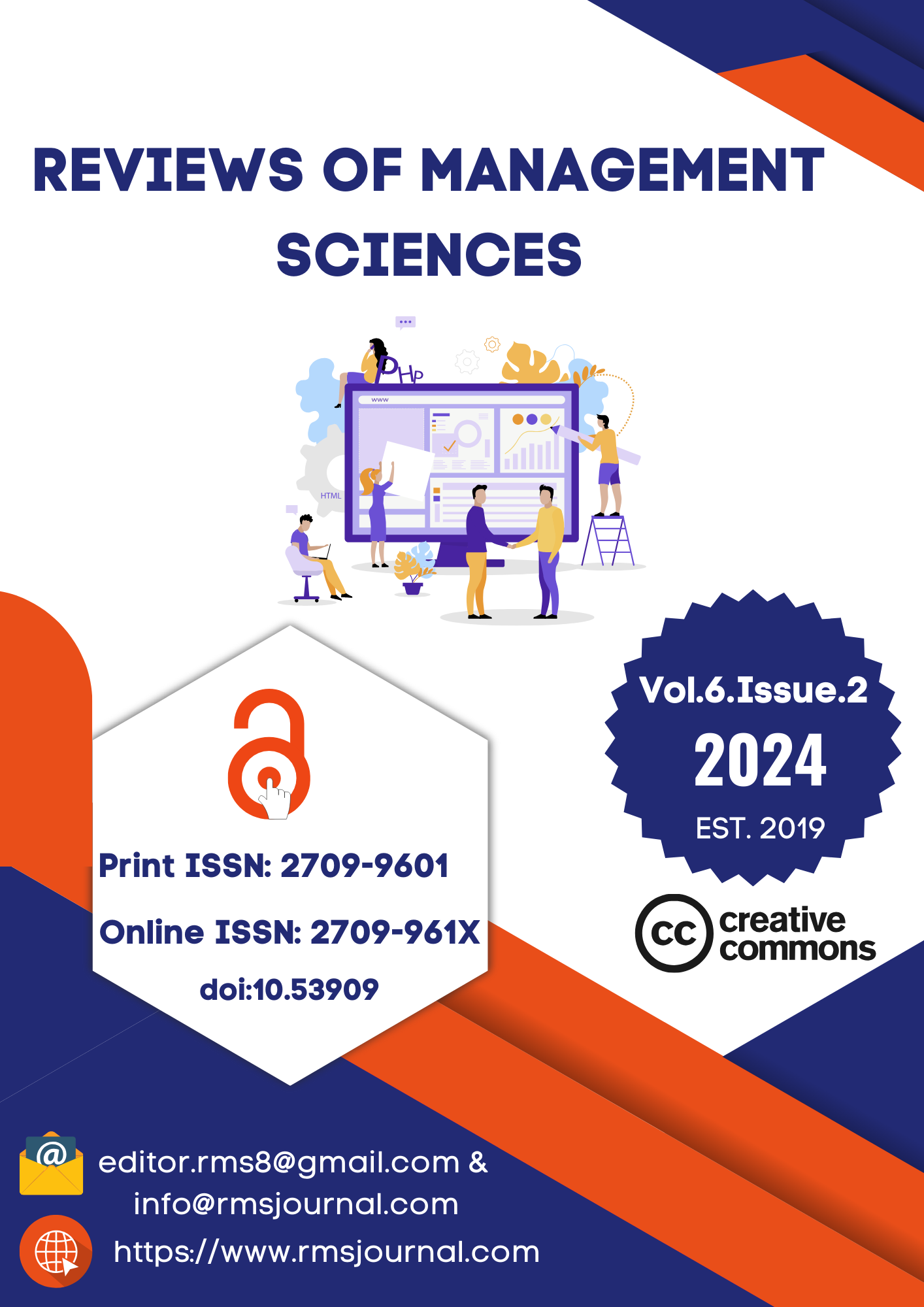Marketing Strategies and Herbal Medicine for Mental Health Well Being in Nigeria
DOI:
https://doi.org/10.53909/rms.06.02.0248Keywords:
Mental health, Traditional medical practitioners , Advertisement, Brand loyalty, Legislation, AgboAbstract
Purpose
This paper examines the marketing strategies employed by TMPs in the herbal medicine sector, particularly regarding their impact on consumer behavior and the management of mental health wellness through herbal products.
Methodology
Data for this study were collected from multiple triangulated sources, including oral interviews, advert analysis, news media analysis, and field observations in HM markets across Nigeria. Participants were selected through convenience sampling to provide insights into TMP marketing practices.
Findings
TMPs play a critical role in the management of mental health by offering Indigenous medicine as an alternative to conventional treatments. TMPs utilize diverse marketing strategies such as direct marketing, advertisement, word of mouth (WOM), branding, and brand loyalty. Mass media (TV and radio) are essential in making consumers aware of the alleged medicinal value of HM in treating various ailments, including mental health issues. The increasing demand for HM is attributed to several factors, including the high cost of mental health care at Nigerian neuropsychiatric hospitals and the cultural and spiritual beliefs surrounding HM efficacy. These factors provide TMPs with an opportunity to expand their market by capitalizing on the need for affordable mental health solutions.
Conclusion
TMPs are integral to Nigeria's mental health landscape, leveraging cultural and spiritual beliefs to market herbal medicines as viable alternatives to conventional treatments. The use of mass media and various marketing strategies plays a significant role in raising consumer awareness and influencing purchasing decisions regarding HM.
Downloads

Downloads
Published
How to Cite
Issue
Section
License
Copyright (c) 2025 Authors retain copyright to the content of the articles. Open access articles can be published under the Creative Commons Attribution (CC BY) 4.0

This work is licensed under a Creative Commons Attribution 4.0 International License.
The open-access articles in this journal are licensed under the terms of the Creative Commons licenses (CC BY 4.0).




